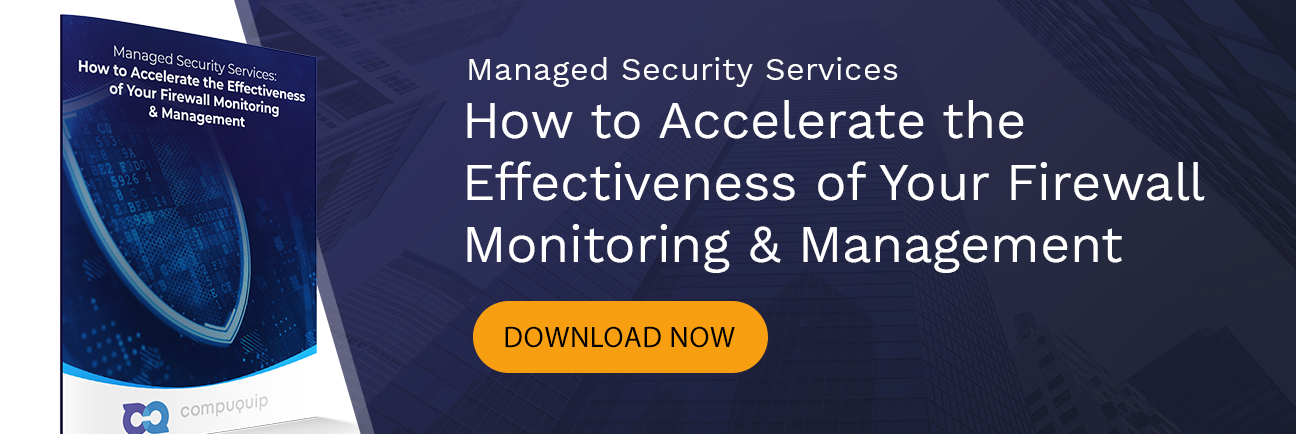Smart Home Cybersecurity Hubs: Protecting Endpoints in Your Smarthome
Our homes are becoming “smarter” every day. Automation is available for nearly every home appliance, meaning that endpoint proliferation is growing exponentially.
Today, with a simple click, you can turn your lights on, lock your door, and even change your home’s temperature from your phone or tablet. However, when multiple smart devices are hosted on the same network in a single smart hub, cybercriminals have easy targets if they want to shut a smart home down.
Increase in Endpoint Vulnerabilities
The ever-growing list of connected devices in the home creates new opportunities for bad actors to exploit vulnerabilities and gain access to sensitive information. While all traffic to and from a smart home is encrypted, a recent study from the University of Georgia found that hackers were able to figure out what activity was going on in any single hub, meaning that despite the intention of making an attack more difficult, the single hub in a smart home is still inviting risks. That being said, there are still benefits to having a smart home network hub, and there are ways to protect your smart home hub against malicious attacks.
Benefits of Smart Home Cybersecurity Hubs
A cybersecurity hub can provide an extra layer of protection by identifying and stopping threats before they reach your devices. If you have a smart home hub—hardware and software—that connects devices on a home automation network to control communications among them, you can control how you want to handle your smart home cybersecurity strategy.
Smart hubs can help with devices that rely on ZigBee, Z-Wave, or other home automation systems that aren’t reliant on Wi-Fi or Bluetooth. In a home with only a few connected devices, a hub probably isn’t necessary. Still, if your home is like most modern smart homes today, a hub may help you to divert some devices from your WIFI network so they are less likely to make your network more vulnerable.
Deciding on the Right Smart Home Cybersecurity Hub
A few things to consider when choosing a cybersecurity hub for your home include price, features, and compatibility with your other devices. It’s very common for smart homes to have a plethora of devices that don’t “know” about each other, so they aren’t communicating across a network to obtain optimum efficiency and performance. Most homes have combinations of smart lights, switches, speakers, thermostats, and other devices that may be running on a variety of different protocols. That means getting your smart home cybersecurity hub setup right may be tricky!
There are four main categories of hubs:
- Hardware hubs;
- Software hubs;
- Smart speaker hubs;
- Combination hubs.
Related Content: Firewall Security & How to Prevent Network Hacking
Hardware hubs
Hardware hubs are the most traditional and usually involve small devices that connect to your home network and your smart devices. When you work with a cybersecurity team of professionals to configure your setup, you can customize how you want to interact with the hub.
Hardware hubs are easy to install, provide users with good documentation of incidents, generally have good out-of-the-box support, and offer options for security expansion or add-on options. On the other hand, hardware hubs may require professional support for configuration and depend on backing company support, which could go at any time without warning.
Software Hubs
Software hubs separate the software you use to run your smartphone from the hardware in your smart home. They require software installation onto a PC or other hardware device, which may require some technical expertise. Most of the software hubs are free and are more customizable than hardware hubs, but they require more technical knowledge, and they require a single device to be constantly operating to keep the software running.
Smart Speaker Hubs
A new generation of smart home hubs, and smart speaker hubs interface with home security cameras, thermostats, smart locks, lights, and more. They now have routines that allow multiple actions to be triggered with voice control straight out of the box.
This type of hub is especially popular because most people with a smart speaker are already used to working with voice commands. Setup and control are intuitive, and interfacing with streaming devices is seamless. The only disadvantage is that these devices rely on the cloud, leaving them exceptionally vulnerable to cyber attacks.
Combo Hubs
Similar to smart speaker hubs, combo hubs include smart speakers, but they also connect to security systems and serve as routers. Configuration is simplified since the device is already on the network, but these types of hubs tend to be more expensive, and are dependent on smartphone customization abilities.
Questions When Choosing the Right Smart Home Cybersecurity Hub
When selecting your smart home cybersecurity hub, there are a few questions you should ask yourself:
- Will this hub work if the company dissolves?
- Where is information stored?
- Are ZigBee, Z-Wave, and IP protocols supported?
- Is there an active support community?
- How is the user interface?
- What is needed for configuration?
You’ll want to think about how much time you have to invest in setup, what automation you want to incorporate, and what smart devices you plan to connect to the hub.
Plan for Your Secure Smart Home
With a little bit of planning, you can create a smart and secure home that will give you peace of mind. Despite the risk of having massive amounts of data flowing through a single hub in your smart home, when you partner with a managed cybersecurity consultant, you can configure your devices to simplify your life, monitor data, and remain secure.
Hardware hubs can get you set up quickly, while software hubs can deliver optimal customization. And sometimes, a smart speaker that is properly configured may be all that you need.


